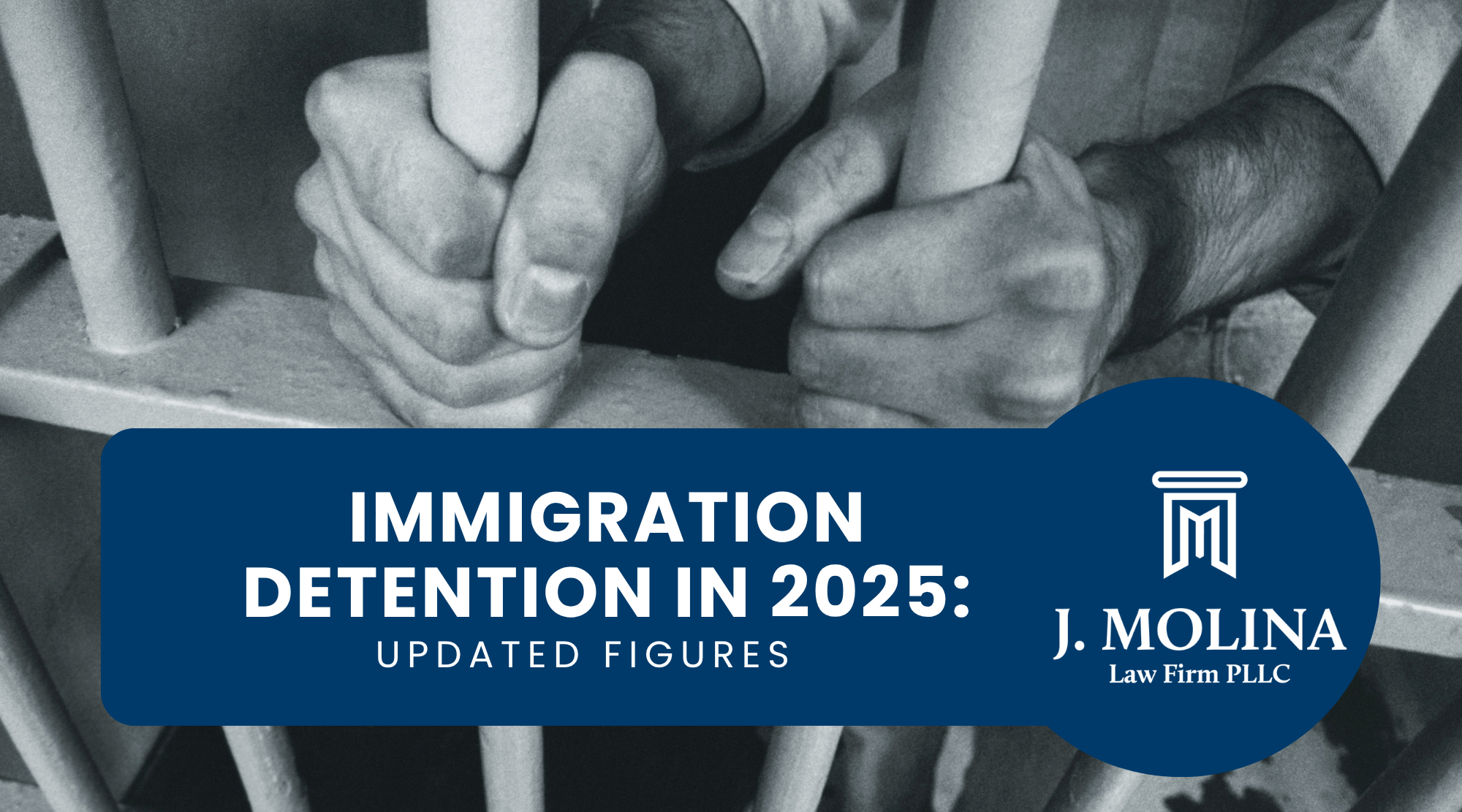When applying for a Green Card in the United States, two main pathways are available: Adjustment of Status and Consular Processing. While both lead to becoming a lawful permanent resident, they differ in process, location, and requirements. Understanding these options can help you make the right decision for your situation.
What Is Adjustment of Status?
Adjustment of Status (AOS) allows individuals already in the U.S. to apply for permanent residency without leaving the country. This option is managed by U.S. Citizenship and Immigration Services (USCIS) and is ideal for those on a valid non-immigrant visa who meet the eligibility criteria, such as having an immediate relative or employer sponsor.
With AOS, applicants can stay in the U.S. while their application is processed. They may also apply for a work permit and travel document, giving them flexibility during the waiting period. However, leaving the U.S. without proper authorization could jeopardize their application.
What Is Consular Processing?
Consular Processing is for individuals who are outside the U.S. or ineligible for Adjustment of Status. This process involves applying for an immigrant visa at a U.S. embassy or consulate abroad, typically in the applicant’s home country.
Consular Processing is generally faster than AOS but requires the applicant to remain outside the U.S. until their visa is issued. Additionally, it does not allow for work authorization during the process, which can be a significant consideration for many.
Key Differences
- Location: AOS happens within the U.S., while Consular Processing occurs abroad.
- Processing Time: AOS takes about 8–14 months, whereas Consular Processing averages 14–18 months, depending on consulate backlogs.
- Flexibility: AOS applicants can work and travel with proper authorization. In contrast, Consular Processing applicants must wait outside the U.S. and cannot work until until the visa is issued.
- Appeals: AOS offers the ability to appeal a denial, but decisions in Consular Processing are usually final.
Which Option Is Best for You?
The right pathway depends on your location and circumstances. If you’re already in the U.S., Adjustment of Status is often more convenient and offers added benefits like work authorization. For those outside the U.S., Consular Processing may be faster but comes with stricter rules.
Navigating these processes can be complicated, but you don’t have to do it alone. Contact J. Molina Law Firm today for expert guidance on Adjustment of Status or Consular Processing.



